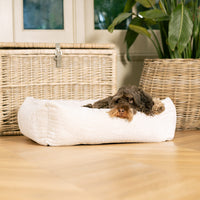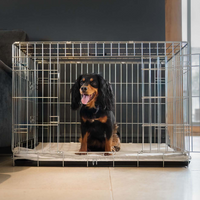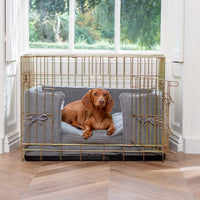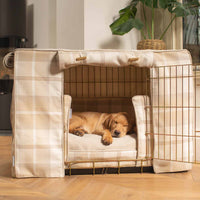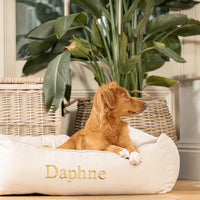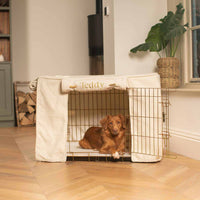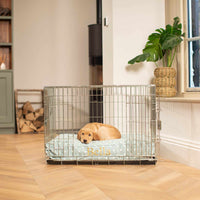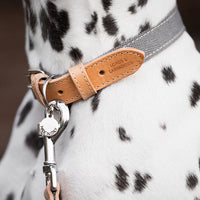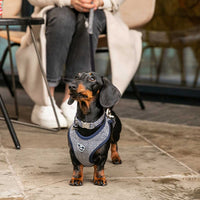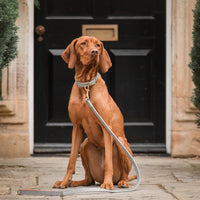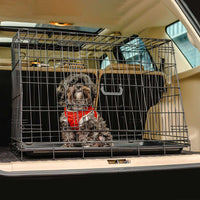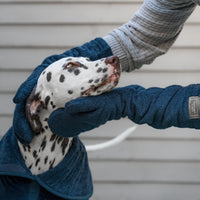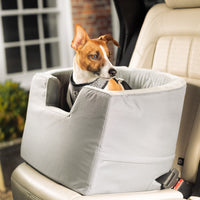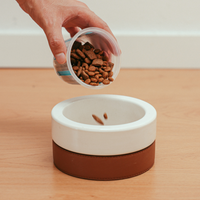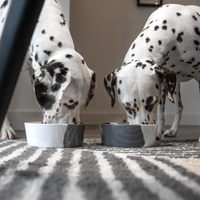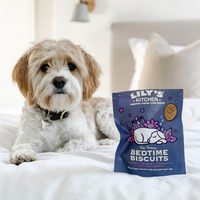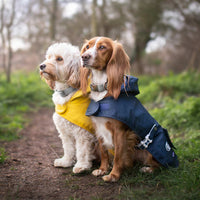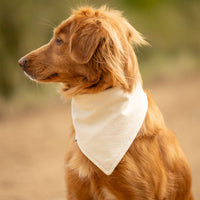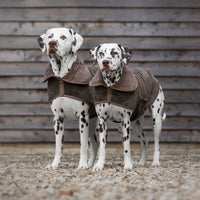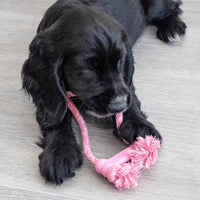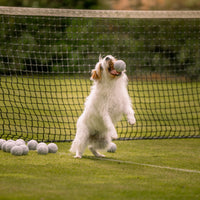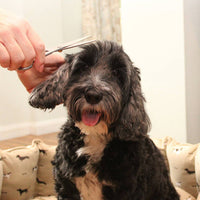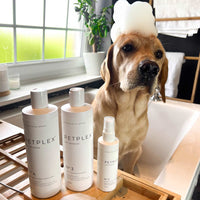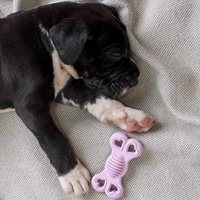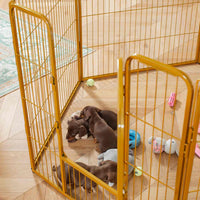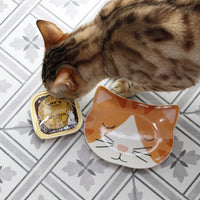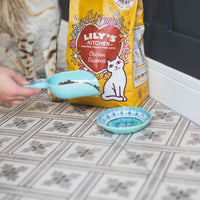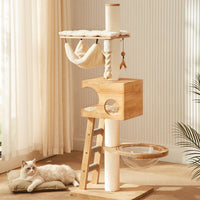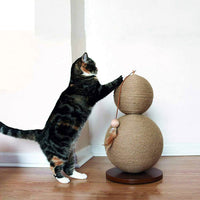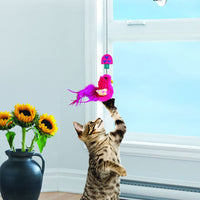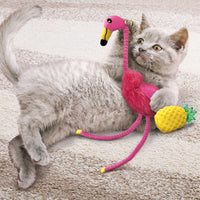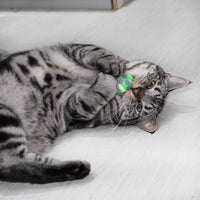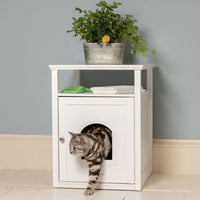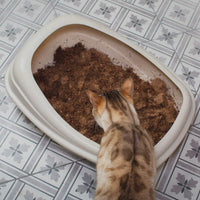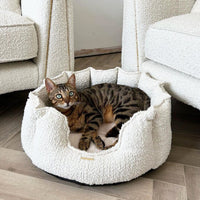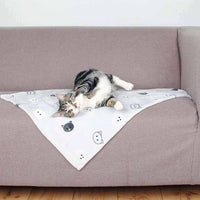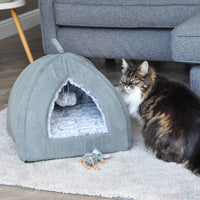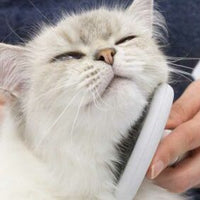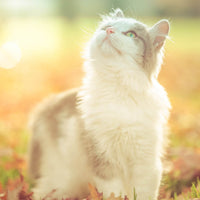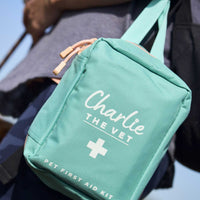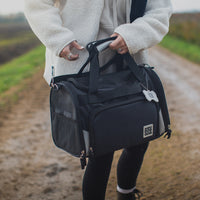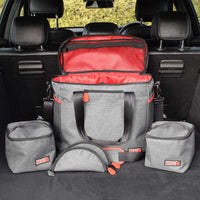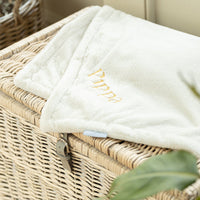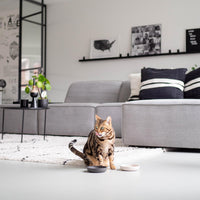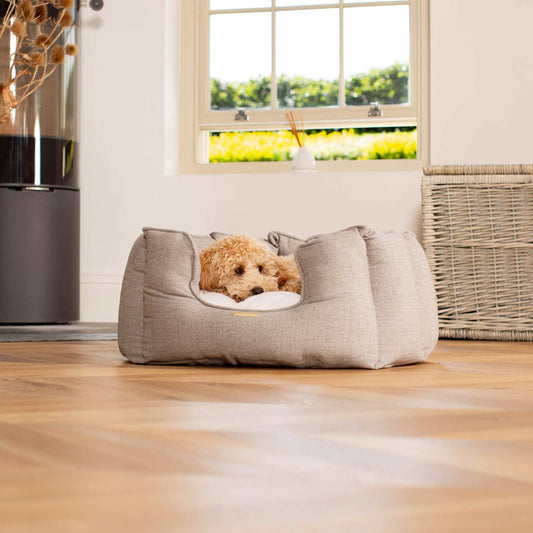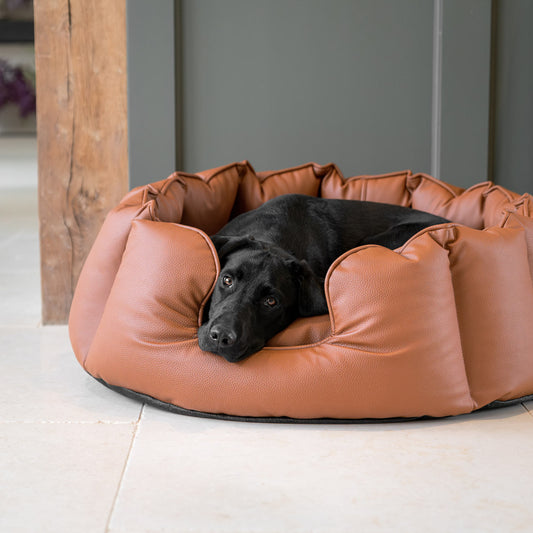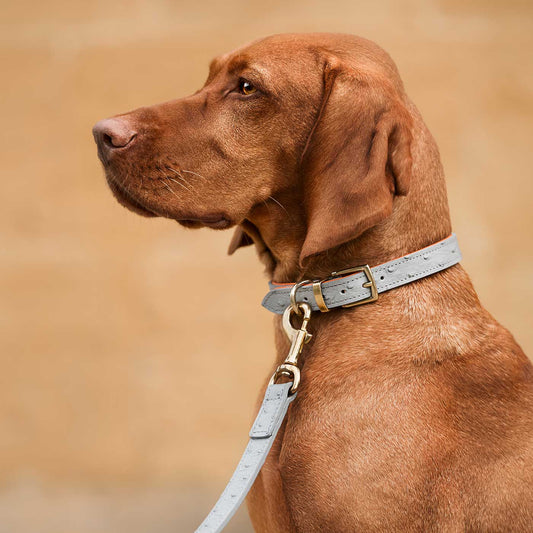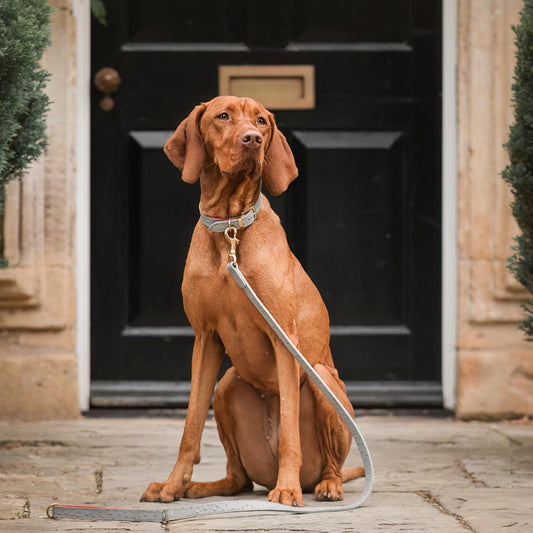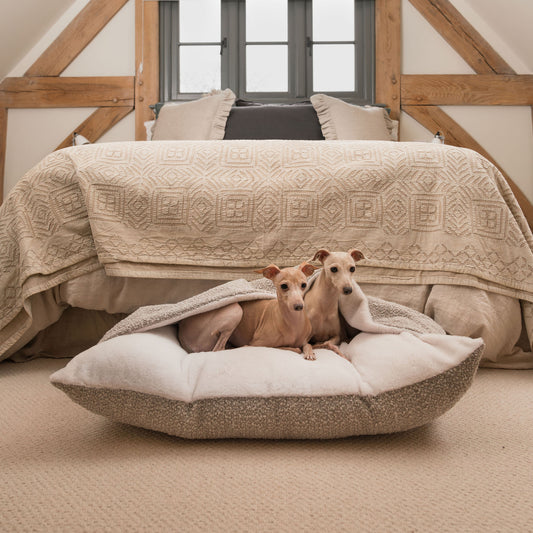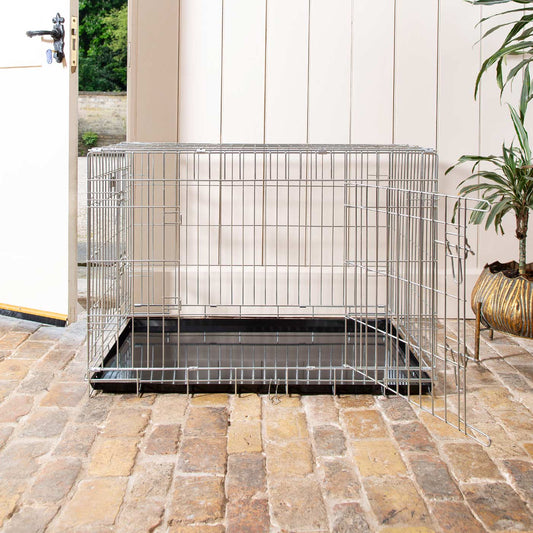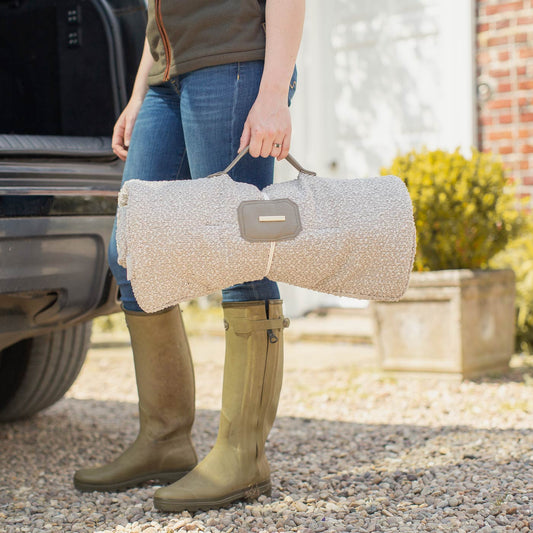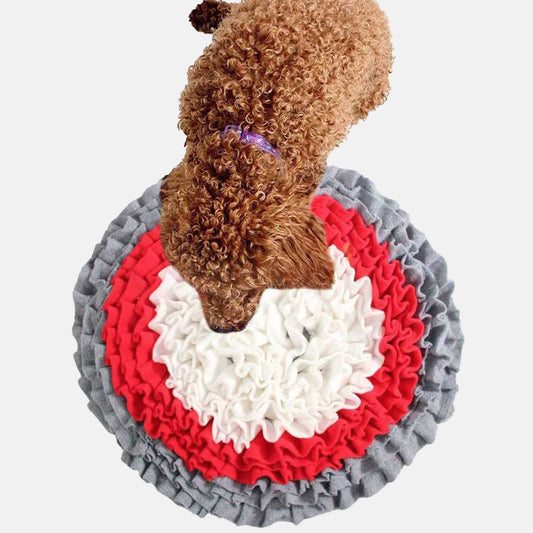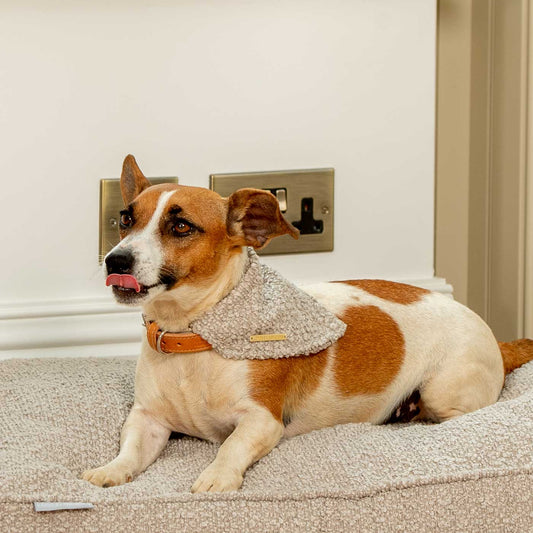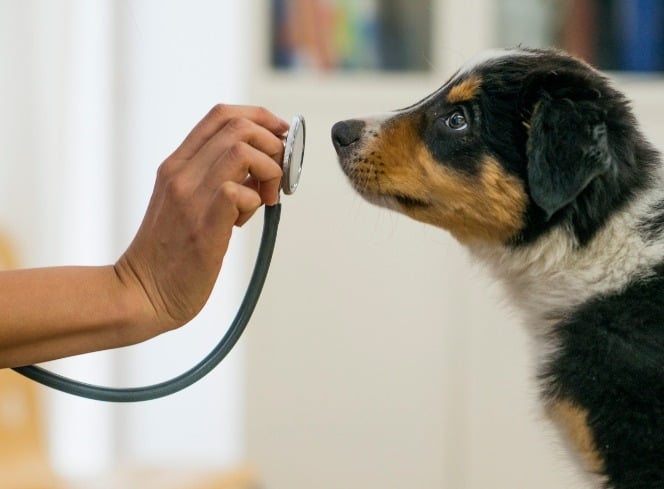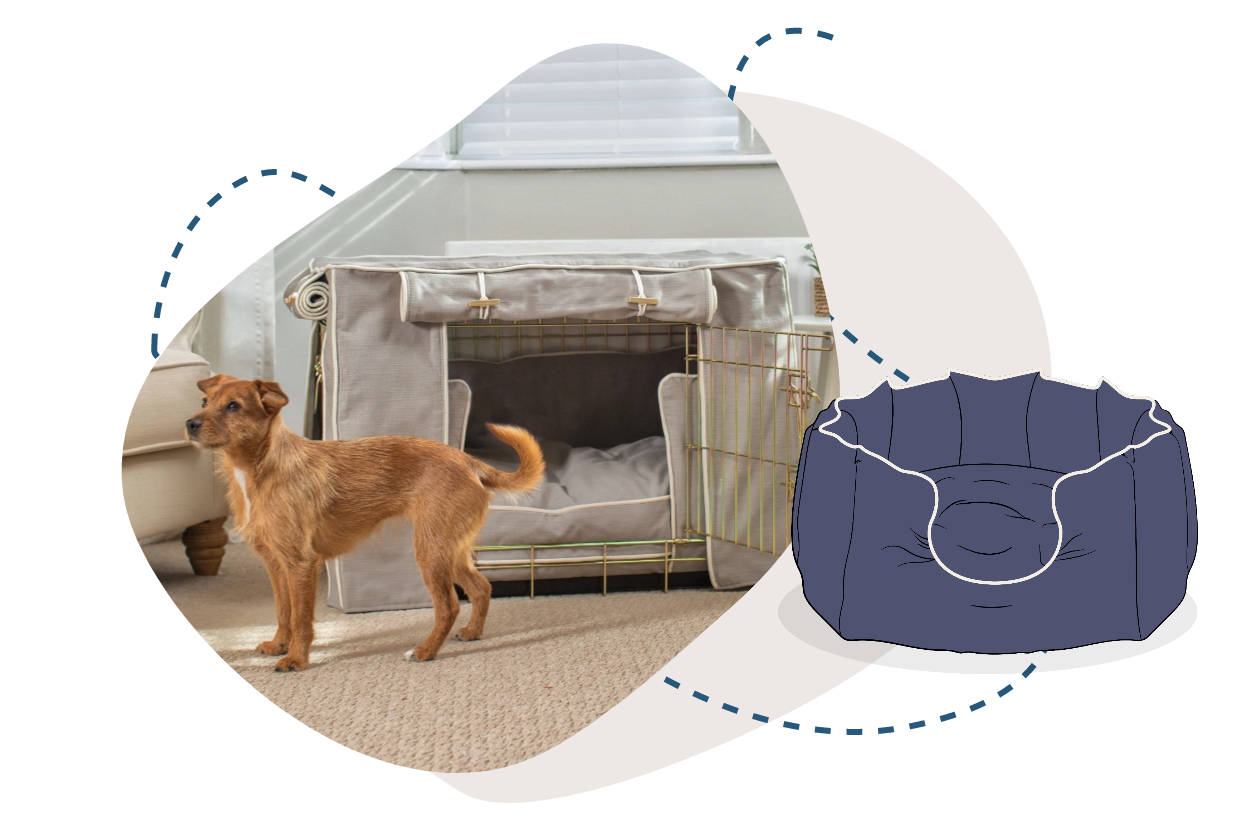
How To Measure A Dog Collar
A dog collar is an important item for any dog as it can be used as a form of identification if they go missing and makes the process of attaching a lead for walkies a quick, simple and comfortable experience. However, if a dog collar isn’t properly fitted, it could potentially cause pain to your dog or allow them to escape. In this blog, we explain how tight a dog collar should be, offer tips on fitting a collar correctly and look into how to measure your dog’s neck to find the right size. How Tight Should A Dog Collar Be? When you put a collar on your dog, you will need to ensure that the size is right to avoid causing a feeling of discomfort or even potentially putting your furry friend in danger. Finding the correct fit is a balance between making sure it isn’t too loose, meaning it could fall off, or too tight, potentially causing it to hurt their neck. Whether you’re currently choosing a collar for your dog and need to find the correct size or already have a collar and need to make sure it’s correctly fitted, it’s important that it’s as it should be to avoid harm. Below, we offer tips on getting the size of your dog’s collar right: How To Fit A Collar On A Dog Even if the collar doesn’t look particularly tight or loose around your dog’s neck, it doesn’t mean that it's correctly fitted. It can be difficult to know how best to gauge the most suitable size on your dog’s neck. However, a tried and tested way that is effective in identifying the correct fit is by using what’s known as the ‘two finger rule’. To do this, simply put the collar on your dog and place two fingers between the surface of the collar and your dog's neck. If your fingers can fit comfortably while still feeling a little restricted, this should be an indication that the collar is a suitable length. If, however, your fingers have a lot of room to move or feel stuck in the collar, you should adjust the length accordingly. How To Shorten A Dog Collar Dog collars often use a tri-glide buckle, allowing the owner to easily shorten or lengthen the collar. To shorten the length of the collar, move the end of the collar away from the buckle, tightening and making it shorter. How to Extend A Dog Collar Likewise, extending a dog collar that uses a tri-glide buckle requires the opposite action. Instead of moving the end of the collar away from the buckle to tighten it, push the end of the collar towards the buckle, pass it through the buckle itself and pull both ends to make the collar longer. How To Measure Collar Size For A Dog If you haven’t yet chosen a collar for your dog and are in the process of deciding the most suitable option, you will want to check that you’ve picked the right size. To help with measuring your dog for a collar, we’ve provided helpful tips on carrying out this process: Get your dog to sit in front of you, ideally facing the opposite direction. Place measuring tape around the base of your dog’s neck where their collar would be likely to sit. Place two fingers between the measuring tape and their neck, making the measurement around one to two inches looser. Record this measurement using a pencil and paper and mark it down as their neck measurement. Using the neck measurement you’ve recorded, determine the collar size based on the collars size guide - each brand is sized differently so check the individual products size guide to find the best fit. Lords & Labradors Essentials Walking Accessories Our L&L Essentials Walking Collection collars come in seven sizes so you're sure to find the perfect fit, we've put our size guide below to help you find the right collar for your dog: Collar Size Neck Size Recommended For XXS 23-27 cm Chihuahua, Yorkshire Terrier XS 28-32 cm Jack Russell, Norfolk Terrier S 30-36 cm Cockapoo, Standard Dachshund, Spaniel M 35-41 cm Bulldog, Schnauzer, English Bull Terrier L 39-47 cm Labrador. Red Setter, Labradoodle XL 44-52 cm Retriever, Great Dane, Doberman XXL 49-57 cm Bullmastiff, Dogue De Bordeaux, Newfoundland Still not sure on the right size collar for your dog? Why not chat with one of our pet experts? They are available on +44 1790 720 900, sales@lordsandlabradors.co.uk or our live chat on our website - they're always happy to help!


